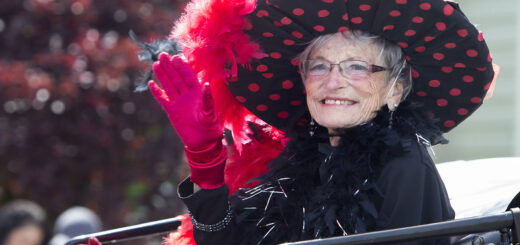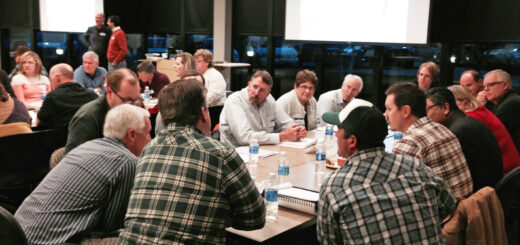Our valley could be part Of Blue Zones movement
There is an intriguing community effort in the works that could help transform the Wenatchee Valley into a healthier, more community-connected place.
When Columbia Valley Community Health CEO David Olson first learned about the Blue Zones Project, he was visiting the city of Klamath Falls and noticed that in restaurants,
grocery stores and other places around town, there were signs promoting the local Blue Zones Project. He thought this would be a great fit for our valley.
Many people are familiar with so-called Blue Zones — places in the world where people live extraordinarily long, happy and active lives. The original study identified five such places: Ikaria, Greece; Okinawa, Japan; Ogliastra Region in Sardinia; Loma Linda, California; and Nicoya Peninsula in Costa Rica.
The study found that longevity was strongly correlated with healthy eating, moving naturally and connecting in a meaningful way with others in community.
In the next several weeks, a senior executive with the Blue Zones Project will visit our valley, meet with civic leaders, and see if he thinks we’re ready to join the other 50 or so communities around the country that have made a commitment to making it easier for citizens to live healthier lives. Funding for the initial visit came from CVCH, Confluence Health and the city of Wenatchee.
The Blue Zone Project concept is based upon the same principles that are driving the success of Our Valley Our Future — building collaboration and creating easy ways for people to live more active lives. Olson has presented the idea of becoming a Blue Zones Project valley to the core team for Our Valley Our Future and they are considering adding it as a game changer or an action item.
The effort also is in alignment with the focus of both CVCH and Confluence Health to help the community find ways to be healthier rather than spending money on delivering more health care for chronic conditions. It’s a matter of focusing on prevention.
The Blue Zones Project is dedicated to encouraging communities to learn from that study and working together in community to encourage, promote and celebrate health. As a community, we would make decisions about ways to encourage healthy living, which might include Blue Zone aisles in a grocery store, Blue Zone menu items in restaurants and a host of other actions.
What I appreciate about the Blue Zone Project approach is that it is all about creating a shared vision for developing a healthy community for all and developing local collaborative efforts to encourage healthy habits. Creating what you want is a far more powerful incentive than trying to fight against something that you want people to avoid. I think about negative or coercive efforts to reduce the consumption of sugary drinks because of the health impacts. Those efforts consistently fail.
The health problems in this country are real. More than 86 percent of the nearly $3 trillion annual health care costs in this country are spent on chronic disease and 69 percent of Americans are classified as overweight or obese.
I love living in a community that has the kind of vision and the collaborative mindset to pull off something transformational like become a Blue Zones Project valley.
“I’m very hopeful this is something that is exciting and will really help a lot of people live healthier lives,” said Olson. That passion for community is what makes this valley a great place to live. For more information, check out the details at bluezonesproject.com.




